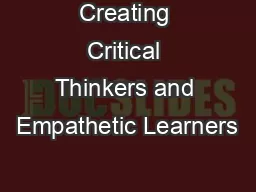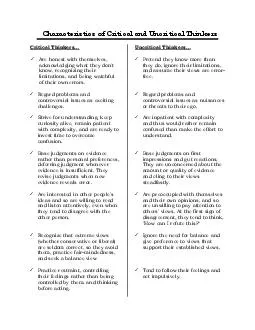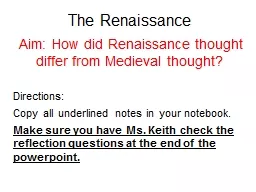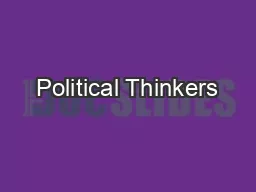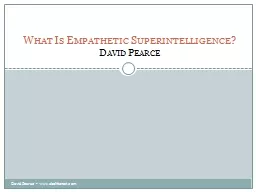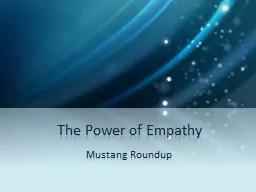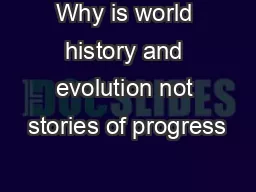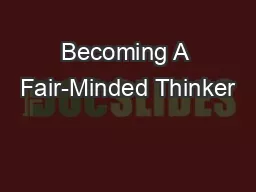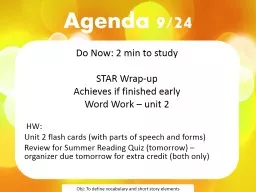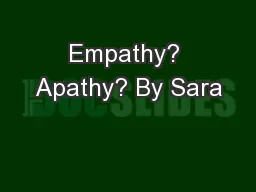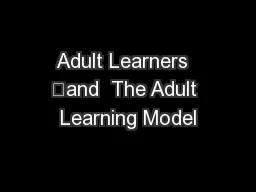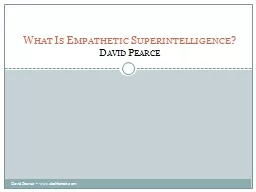PPT-Creating Critical Thinkers and Empathetic Learners
Author : mitsue-stanley | Published Date : 2018-01-06
Isabel Sawyer PhD Center for the Collaborative Classroom IsabelBSawyer Lorena Kelly PhD Virginia Beach Public Schools lolokelly The Center for the Collaborative
Presentation Embed Code
Download Presentation
Download Presentation The PPT/PDF document "Creating Critical Thinkers and Empatheti..." is the property of its rightful owner. Permission is granted to download and print the materials on this website for personal, non-commercial use only, and to display it on your personal computer provided you do not modify the materials and that you retain all copyright notices contained in the materials. By downloading content from our website, you accept the terms of this agreement.
Creating Critical Thinkers and Empathetic Learners: Transcript
Download Rules Of Document
"Creating Critical Thinkers and Empathetic Learners"The content belongs to its owner. You may download and print it for personal use, without modification, and keep all copyright notices. By downloading, you agree to these terms.
Related Documents

